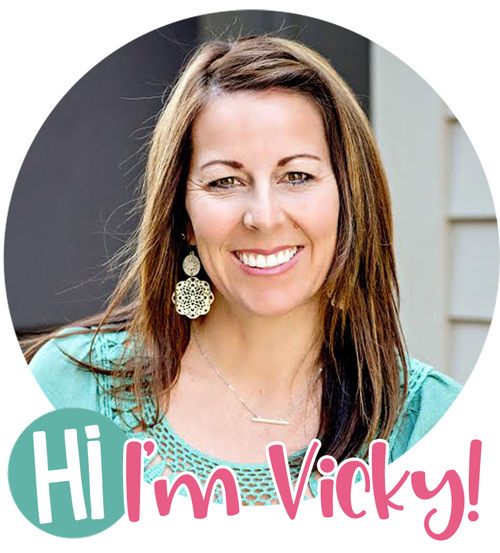Welcome to….
on a Monday due to the TPT sale! Don’t forget to shop 2/9 – 2/10 and get these packs at a discount!
Fluency is tricky for the young ones, mostly because they are so busy decoding and making those sound letter connections that fluency seems a bit… well unfitting. First off, let’s define fluency: it is the ability to read ‘like you speak’, to read with speed, accuracy and proper expression.
Reading fluency is composed of some important elements:
* accurately reading the text – the ability to read words within the text automatically
* rate – the speed a student reads
* prosody – the stress, intonation, pauses and rhythm of their reading.
These work together to provide the bridge between word recognition and comprehending the text. It’s important to note that fluency doesn’t assure comprehension but without fluency comprehension is difficult. When students are having to stop, decode and figure out unknown words, the meaning is usually lost and the focus is all on the decoding. The reading becomes laborious and the meaning piece is often lacking.
As students become more fluent and confident readers they can put their focus and energy on the meaning of the text and comprehending it, rather than the hard work of decoding. At that point they can work on inferring, finding the main idea, answering more complex questions, analzying and interpreting the text and more.
Even though young readers are often working on the sound symbol connection, decoding and building their phonemic awareness they can still have some success with fluency.
There are several ways to build your early reader’s fluency:
ECHO read with them…..read aloud with your child/student. Read a sentence aloud with expression paying close attention to punctuation – then have them read it just like you! They love this! This can also be done with sentence strips, it doesn’t have to be a picture book at their level. Write short phrases down with sight words they know, read it and have them echo you.
Set them up with a Buddy Reader – either a friend, neighbor or often times at school a child a couple grades higher than them. Show the older child how to model reading fluency with great expression and have the younger child watch, listen and try to read a section of the book in a similiar manner…they look up to peers just a few years older so this is perfect!
Re – read favorite books with them. We all have books we love, I can remember several picture books that I almost had memorized as a child. Use their familiarity with the story to get them to read it with expression to you. Since they are already so acquainted with the story this activity lends itself to perfect fluency practice.
I also love to give my students these activities that I know they can be successful with because they are either cvc words they already know or sight words they have mastered. They feel a sense of accomplishment in these not only because they aren’t getting tripped up on the words but because they can be fluent as well as answer questions about the text.
As you can see the passage is simple, lots of cvc and sight words to scaffold them. I have 2 packs that are differentiated to meets your students needs.
If you think this is something your students would love you can find them here:
This other option is great for those few minutes you have at the end of a reading group ( or as a warm up ) , to give to a parent helper or as an independent center to get your students reading sight words more fluently.
You can grab that here.
If you are looking for a center that is super engaging for them this is perfect. I’ve also used this during small group instruction.
You can grab this here.
Lastly, your little learners may need some visual scaffolding that you can refer to in small groups. These fluency posters focus on key concepts and reminders to keep even your youngest readers on track. I hung these behind my reading table for years.
I’ve included both posters as well as miniature cards that you can put on a ring and pull out during reading group instruction as well if you don’t have the wall space.
Grab these here.
I hope these ideas can give you the scaffolding and support you need to accomodate your young and developing readers.
Happy teaching!
xoxox,














